44 hazard color codes
Weather.gov Help - Hazards Map Is there a list of all the warnings and watches and the color codes? Below is a list of all warnings, watches, advisories, and statements that display on the maps and the associated color and color name. Last update: March 24th, 2021. Identifying Hazards | US EPA EPA maintains summaries of information on over 300 chemicals, including their identifying characteristics, health hazards, ecological effects, and methods to reduce exposure to the chemical. Search the Envirofacts Master Chemical Integrator (EMCI) Chemical References Web pages. Contact Us to ask a question, provide feedback, or report a problem.
Hazard symbols and hazard pictograms - Chemical classification - HSE The GB CLP hazard pictograms appear in the shape of a diamond with a distinctive red border and white background. One or more pictograms might appear on the labelling of a single chemical. GB CLP...
Hazard color codes
1910.144 - Safety color code for marking physical hazards ... Yellow shall be the basic color for designating caution and for marking physical hazards such as: Striking against, stumbling, falling, tripping, and "caught in between." 1910.144 (b) [Reserved] [39 FR 23502, June 27, 1974, as amended at 43 FR 49748, Oct. 24, 1978; 49 FR 5322, Feb. 10, 1984; 61 FR 9227, March 7, 1996; 72 FR 71069, Dec. 14, 2007] Safety Color Code|Benefits And Types Of Safety Color Code| Benefits of safety color code: Improve lighting conditions. Decorate the environment. Increase efficiency and productivity. Improve the quality of workmanship and normal skill. Improve labor morale and interest in work. Reduce accidents and increase safety. Reduce absenteeism. Raise the standard of good housekeeping. PDF HAZARD COMMUNICATIONS (HAZCOM) SYMBOLS - University of Dallas Biological hazards must display the appropriate symbol and colors (red or burnt orange, and black) and use red plastic bags (for bio-contaminated waste) or yellow plastic bags (for bio-contaminated laundry) as a waste symbol. These symbols and colors are recognized globally. BIOHAZARD SYMBOL END
Hazard color codes. GHS Classification - PubChem Code Hazard Statements Hazard Class Category UN Model Regulations Class or Division Pictogram Signal Word Precautionary Statements P-Codes; Prevention Response Storage Disposal; H200 (Obsolete) Unstable Explosive: Explosives: Unstable Explosive: Danger: P201, P202, P281: P372, P373, P380: P401: P501: H201 5 Colour Codes for Waste Disposal You Should Know Yellow Bags. Red Bags. Blue Bags. White Bins. Black Bins. 1. Yellow Bags. Yellow is one of the colour codes for waste disposal and it is a non-chlorinated plastic bag used for the collection of human and anatomical waste comprising of human tissues, organs, fetuses, amputated parts and placenta. 10 Most Common Hospital Emergency Codes and Their Meanings Code Red Code Red alerts hospital staff to a fire or probable fire. A Code Red may also be activated if someone smells or sees smoke. This code will often come with information about the... What are the NFPA Color Codes? - SafetySign.com These color codes help emergency responders know about potential health, fire, and chemical instability issues. The NFPA 704 diamond sign used to display this information has four colored sections: blue, red, yellow, and white. Each section is used to identify a different category of potential hazards.
What are OSHA Color Codes? - SafetySign.com OSHA color codes are described in 29 CFR 1910.144 (Safety Color Code for Marking Physical Hazards). This standard identifies the following colors and their uses: Red For the identification of fire protection equipment and apparatus, danger signs, containers of flammable liquids, lights at barricades, stop buttons/switches. Yellow Safety Color Coding Labels and Tape - Quick Tips #202 - Grainger The color (s) of the labels and tape identify the type of hazard, which helps the employee identify the level of severity. The intent is to reduce the possibility of accidents and injuries. OSHA outlines the color code for marking physical hazards in 29 Code of Federal Regulations (CFR) 1910.144. Labels: OSHA Color Coding - Environmental Health & Safety Red - indicates (1) danger, (2) stop or (3) presence of fire protection equipment. Orange - marks the dangerous parts of machines or energized equipment which may cut, crush, shock or injure employees. Orange emphasizes these hazards when the guards or enclosures around them are open. Yellow - warns of physical hazards and means caution. PDF Color Coded Labeling System for Storing Chemicals in your ... - SharpSchool Chemicals are to be stored according to hazard class in all chemical storage areas. The uniform color-code system developed by the J. T. Baker Chemical Company will be amended for use by all departments. Individual modifications of the color code system used within departments should be described in Appen of the department Chemical Hygiene Plan.
Color Coded Labels for Chemical Storage and Segregation Select the Search button next to the field in order to open the color code list and assign the codes. 2. Print color code labels. The Actions menu enables users to print color code labels for the active location or Container record. Select Actions > Labels > Storage/Shipping Labels Select the COLOR_CODES Label format and click on the OK button. Color Coding Requirement for Biomedical Waste | Daniels Health The quadrant color is blue for health hazards, red for flammability, and yellow for reactivity. The bottom quadrant—white—is reserved to indicate special hazards. A number in the quadrant indicates the degree of danger, where (4) is "severe," (3) is "serious," (2) is "moderate," (1) is slight, and (0) is " minimal.". Safety Yellow Color Codes These values can help you match the specific shade you are looking for and even help you find complementary colors. Looking for a different shade of yellow? Follow this link: Yellow Color Codes. Safety Yellow. PMS: 359 C. Hex Color: #ECE81A; RGB: (236,232,26) CMYK: (6,0,92,0) Hazmat Placards and UN Numbers: What You Need to Know Color — Other than classification numbers, hazmat placards are most easily identified by their different colors. Orange represents explosive materials, including products like dynamite, ammunition, or fireworks. Red represents flammable goods like gasoline, rubbing alcohol, paint, or acetone.
Floor Marking Color Code Guide | OSHA Standards - BRADY - BradyID.com §1910.144(a)(3) Yellow shall be the basic color for designating caution and marking physical hazards. Means of Egress §1910.35 OSHA will deem an employer demonstrating compliance with the exit route provisions of NFPA 101, Life Safety Code, or the exit-route provisions of the International Fire Code (IFC), 2009 edition, to be in compliance ...
Safety Colors (OSHA Guidelines and Color Codes) - Creative Safety Supply Yellow - The color yellow is used for flammable liquids or gases. Brown - The color brown is used for any combustible liquids or gases. Orange -The color orange is for toxic and/or corrosive solutions. Red - The color red is for fire-quenching liquids or solutions. Green - The color green is used to label water pipes.
PDF DOT CHART 16 Hazardous Materials Markings,Labeling and Placarding Guide The color of the border must beblack and the color of the flame may be black or white. Each person who offers for transportation or transports any hazardous materialsubject to the Hazardous Materials Regulations must comply with all applicablerequirements of Subpart F [§172.500].
ANSI Safety Colors [With Color Chart] | Creative Safety Supply Red: Used for danger signs, flammable liquids, fire protection equipment emergency stop buttons, etc. Orange: Used for warning signs and an indication of energized machines or equipment. Yellow: Used for caution signs and alerts of physical hazards. Green: Indicates first aid equipment and safety information.
Hospital Waste Color Coding Standards in the United States The color codes are: Red - flammability. Yellow - reactivity. Blue - health hazard. White - special hazard. Each quadrant in the diamond has a number as well as a color, which is helpful to understand when using NFPA 704 labels: 0 - minimal risk. 1 - slight risk.
Know your OSHA and ANSI safety color codes for all hazards - Valmet Fluorescent Orange/Orange-Red = Biological Hazard. These signs and tags have lettering or symbols in a contrasting color (usually black). This color designates infectious agents and wastes that pose a risk of death, injury, or illness. Fluorescent Yellow-Orange triangle with Dark Red border These signs designate slow moving vehicles.
Hazardous Materials Identification | NFPA The NFPA 704 hazard identification system is characterized by a diamond which is more precisely defined as a "square-on-point" shape. It identifies the degree of severity of the health, flammability, and instability hazards.
HMIS vs NFPA Labels: What's the Difference? - OnlineLabels The blue and red sections are the same as HMIS, and indicate health and flammability risk, respectively. The yellow section indicates reactivity, the same as the outdated versions of HMIS. The white section indicates "special hazards," which are communicated using standard shorthand.
Hazardous Materials Identification System - Wikipedia The four bars are color-coded, using the modern color bar symbols with blue indicating the level of healthhazard, red for flammability, orange for a physical hazard, and white for Personal Protection. The number ratings range from 0 to 4. Blue (Health)[edit] The Health section conveys the health hazards of the material.
NFPA 704 Chemical Storage Color Codes - ThoughtCo Special White Codes The white area may contain symbols to indicate special hazards: OX - This indicates an oxidizer that allows chemical to burn in the absence of air. SA - This indicates a simply asphyxiant gas. The code is limited to nitrogen, xenon, helium, argon, neon, and krypton.
NFPA 704 - Wikipedia Standard System for the Identification of the Hazards of Materials for Emergency Response The four divisions are typically color-coded with red on top indicating flammability, blue on the left indicating level of health hazard, yellow on the right for chemical reactivity, and white containing codes for special hazards.
PDF HAZARD COMMUNICATIONS (HAZCOM) SYMBOLS - University of Dallas Biological hazards must display the appropriate symbol and colors (red or burnt orange, and black) and use red plastic bags (for bio-contaminated waste) or yellow plastic bags (for bio-contaminated laundry) as a waste symbol. These symbols and colors are recognized globally. BIOHAZARD SYMBOL END
Safety Color Code|Benefits And Types Of Safety Color Code| Benefits of safety color code: Improve lighting conditions. Decorate the environment. Increase efficiency and productivity. Improve the quality of workmanship and normal skill. Improve labor morale and interest in work. Reduce accidents and increase safety. Reduce absenteeism. Raise the standard of good housekeeping.
1910.144 - Safety color code for marking physical hazards ... Yellow shall be the basic color for designating caution and for marking physical hazards such as: Striking against, stumbling, falling, tripping, and "caught in between." 1910.144 (b) [Reserved] [39 FR 23502, June 27, 1974, as amended at 43 FR 49748, Oct. 24, 1978; 49 FR 5322, Feb. 10, 1984; 61 FR 9227, March 7, 1996; 72 FR 71069, Dec. 14, 2007]
![ANSI Safety Colors [With Color Chart] | Creative Safety Supply](https://cdn11.bigcommerce.com/s-10c6f/product_images/uploaded_images/ansi-color-codes.jpg)




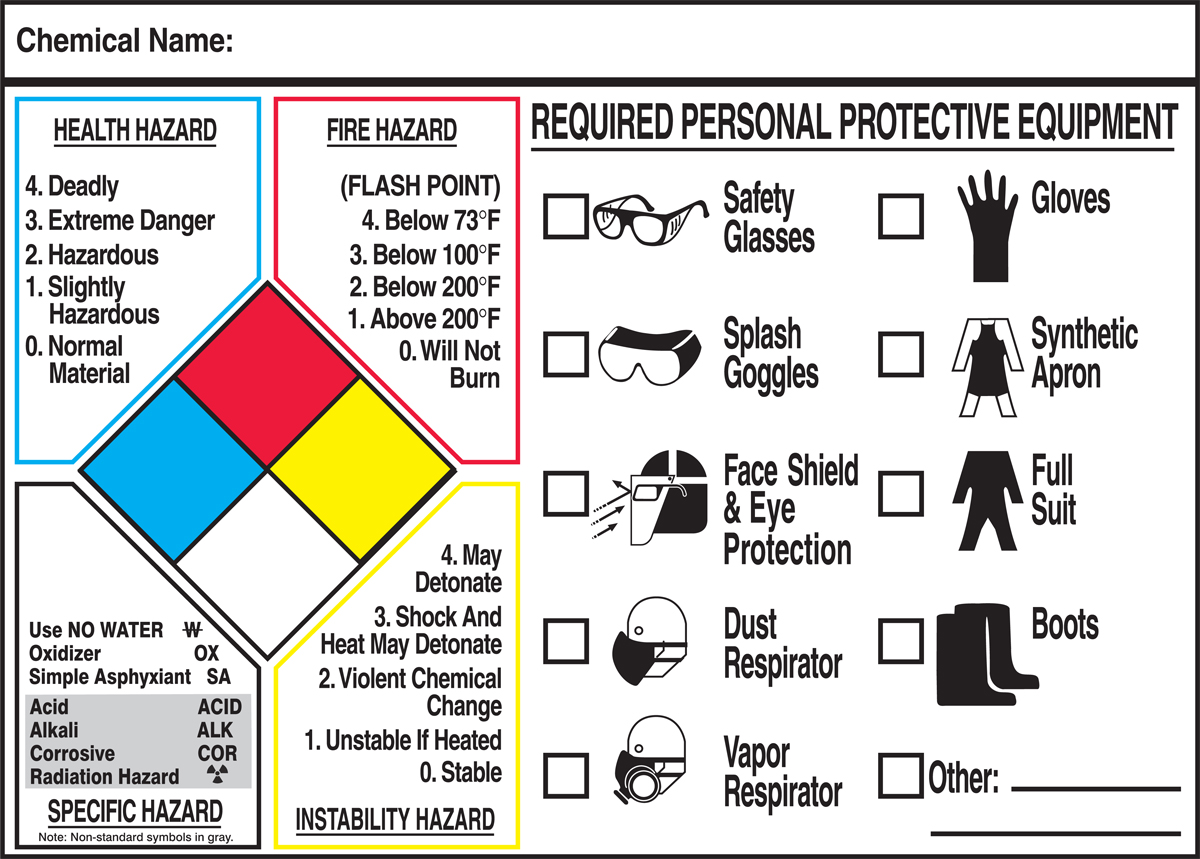

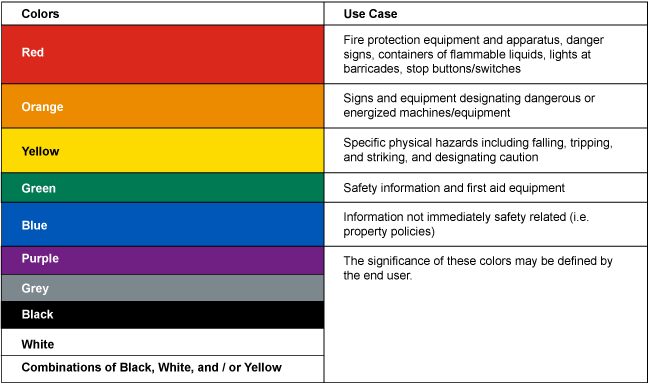
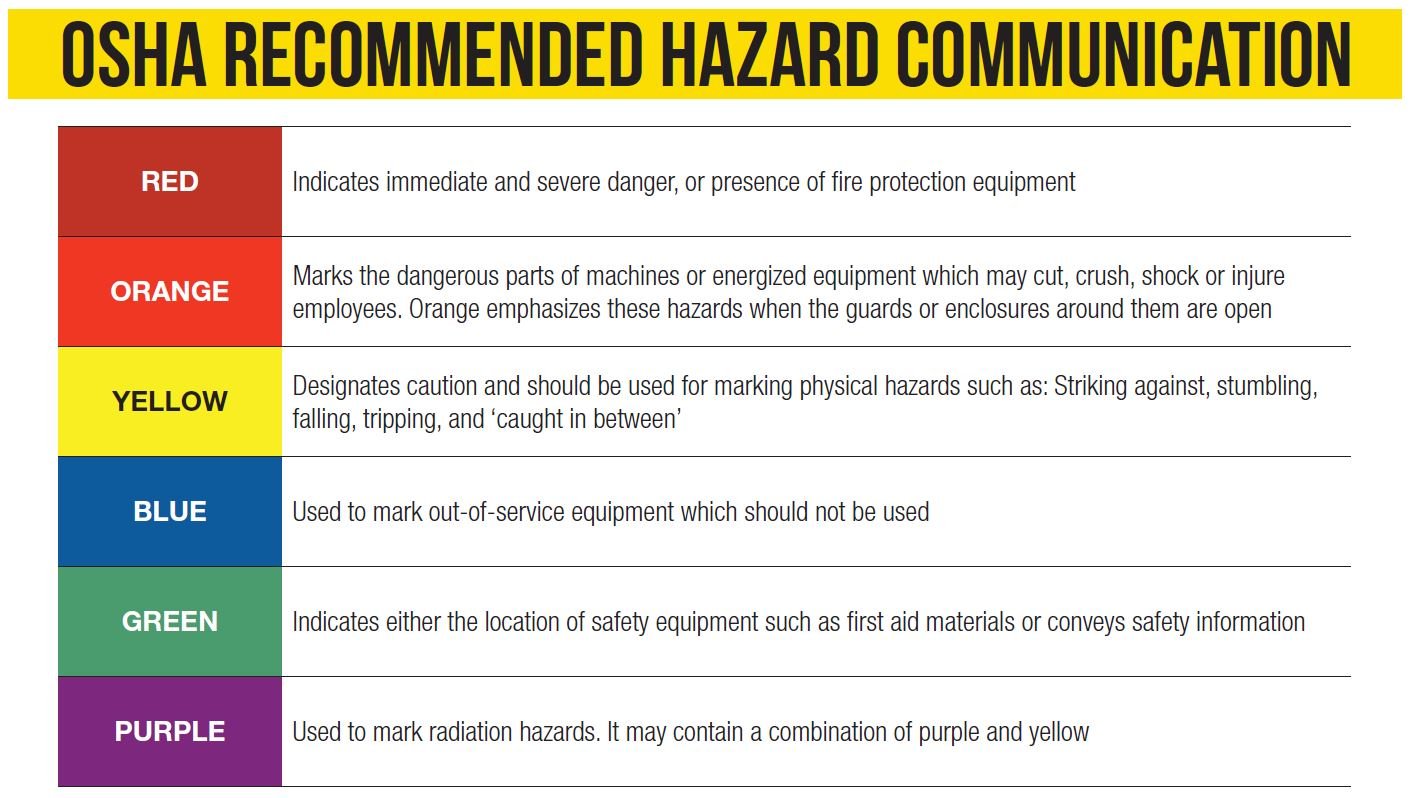
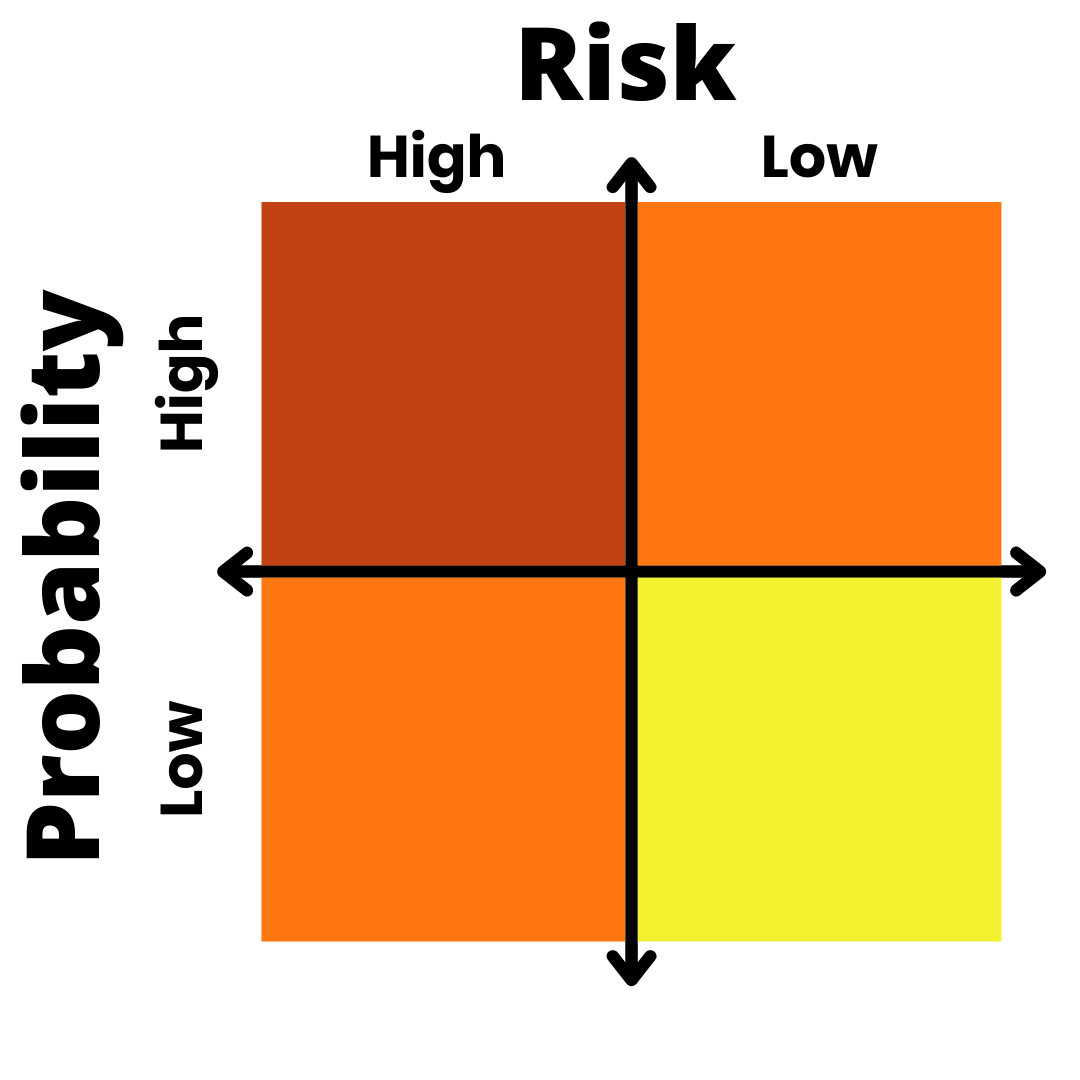

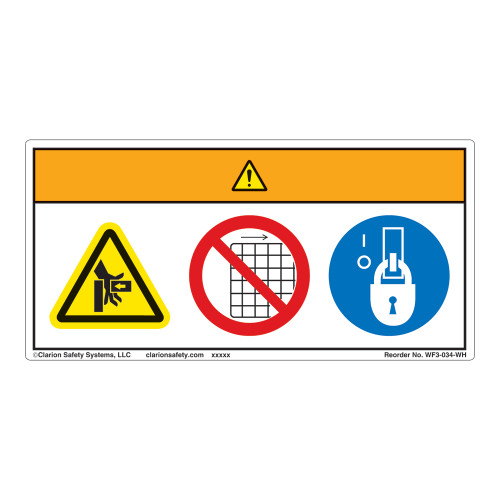
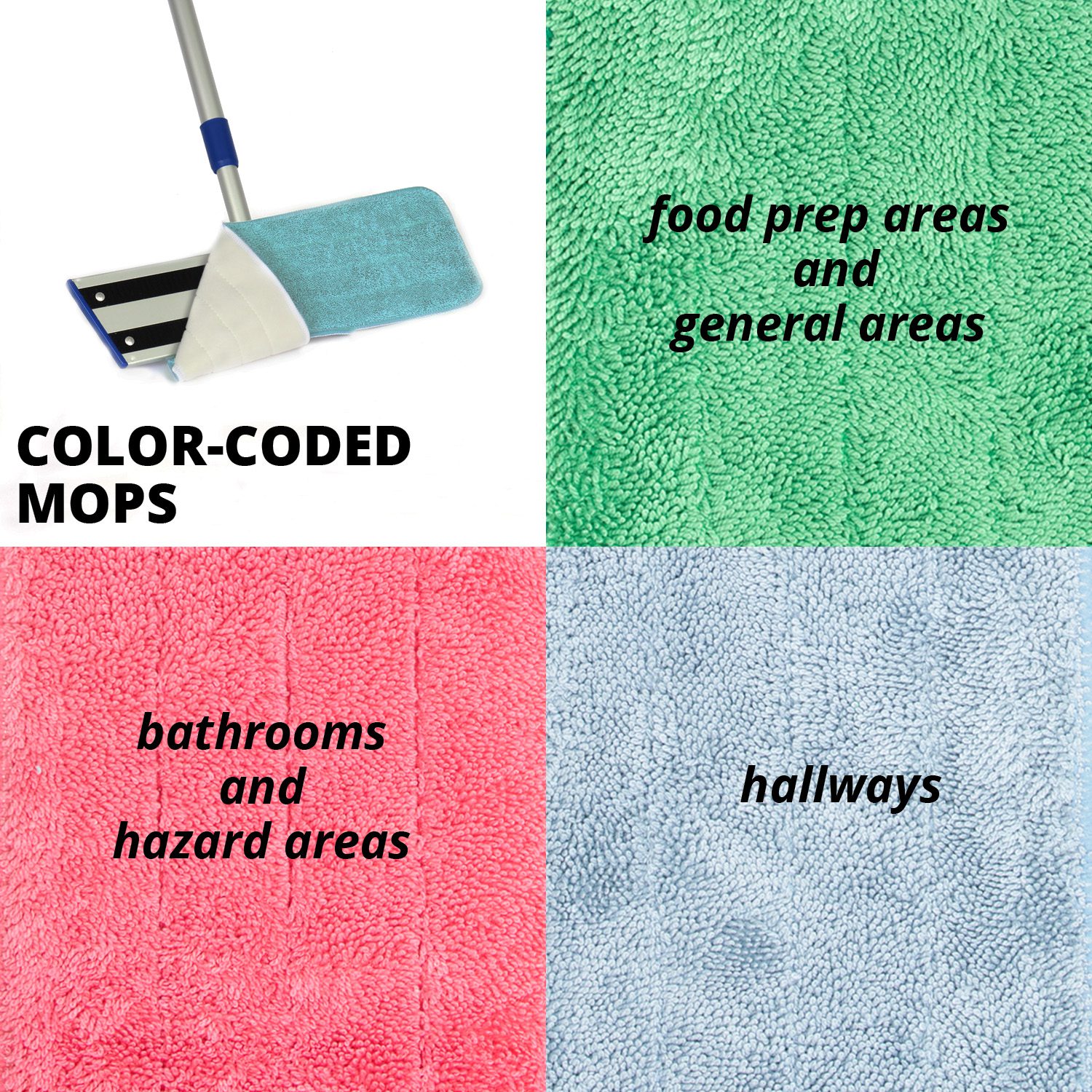



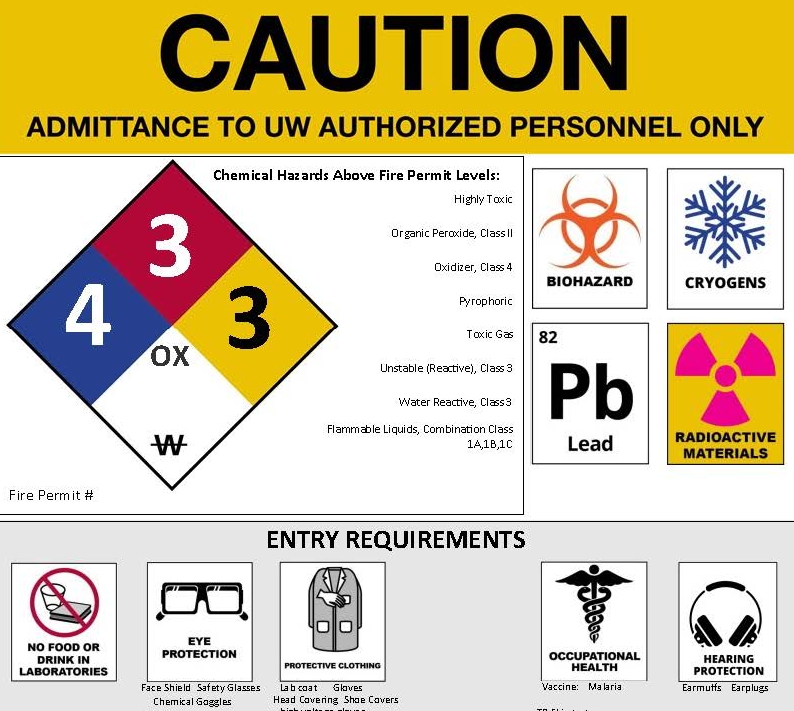
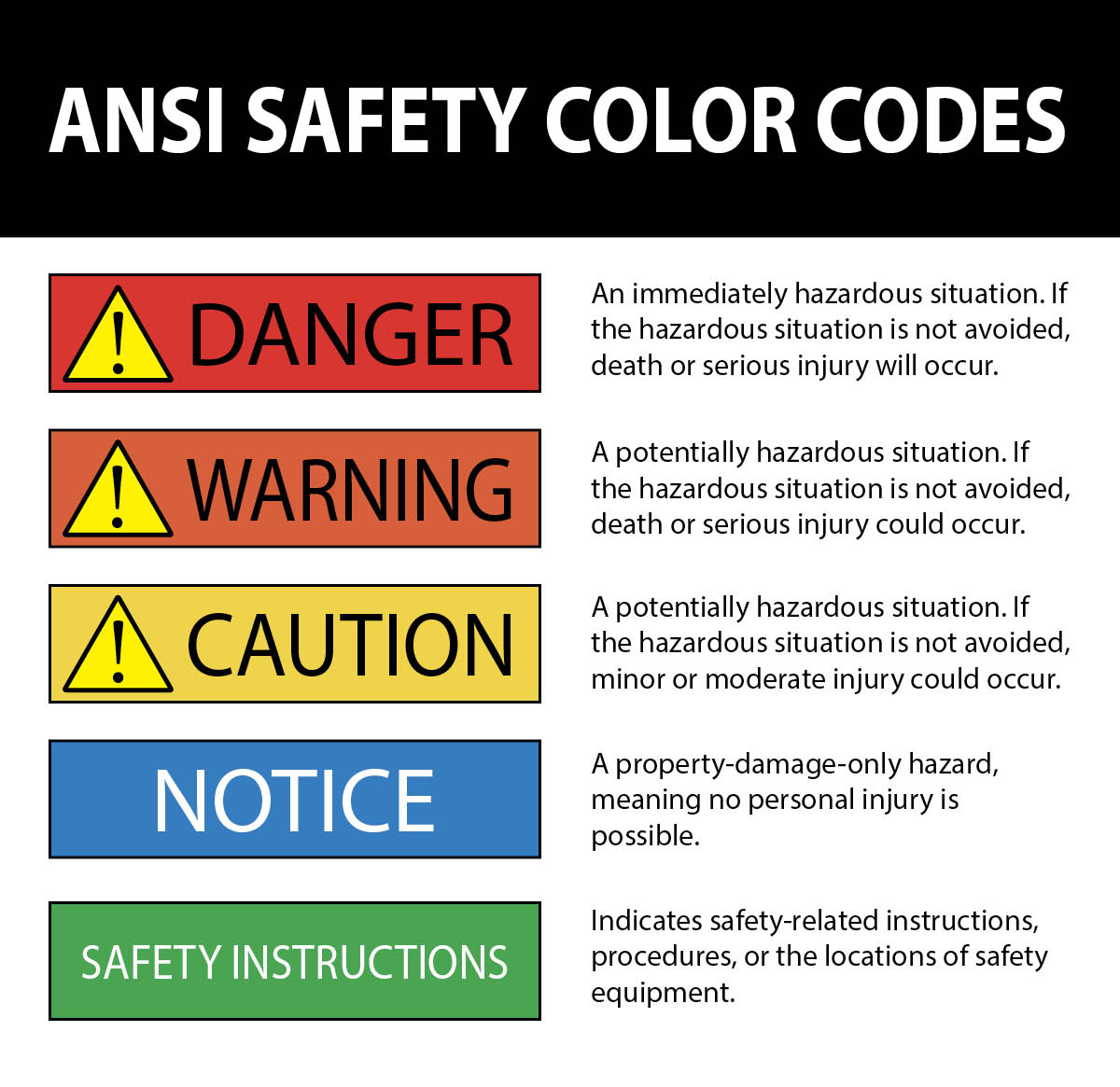

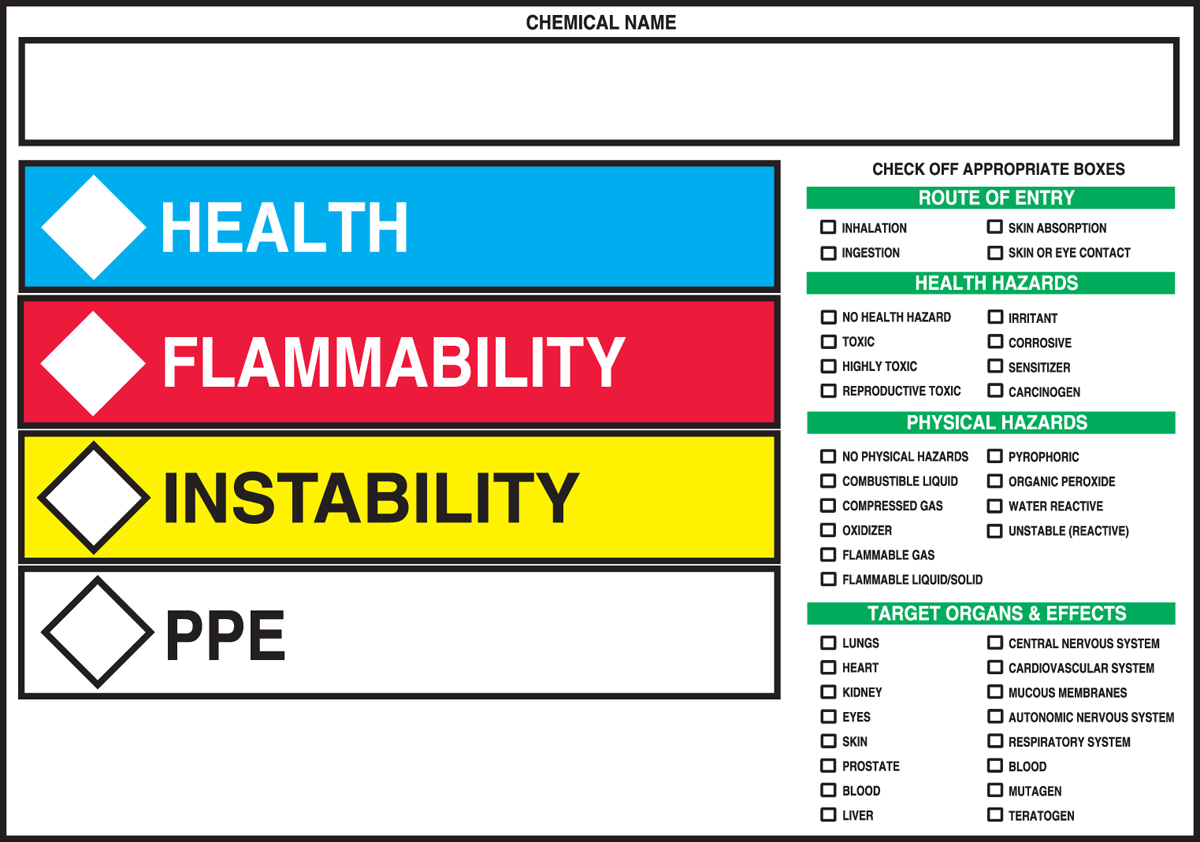

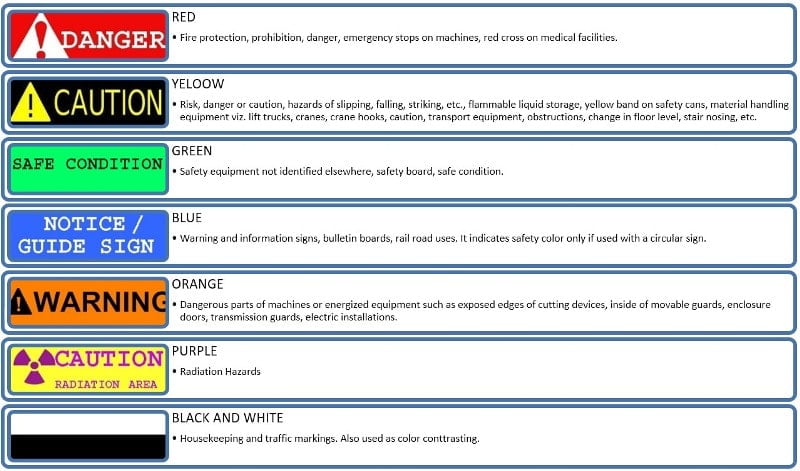

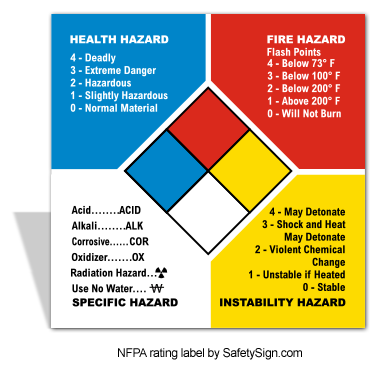

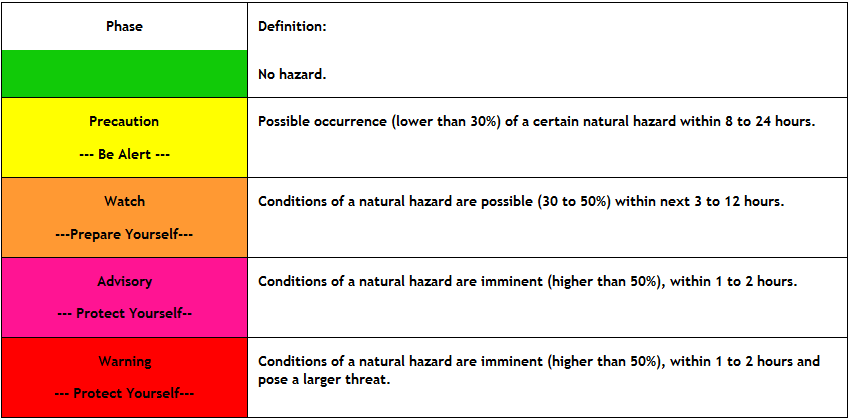



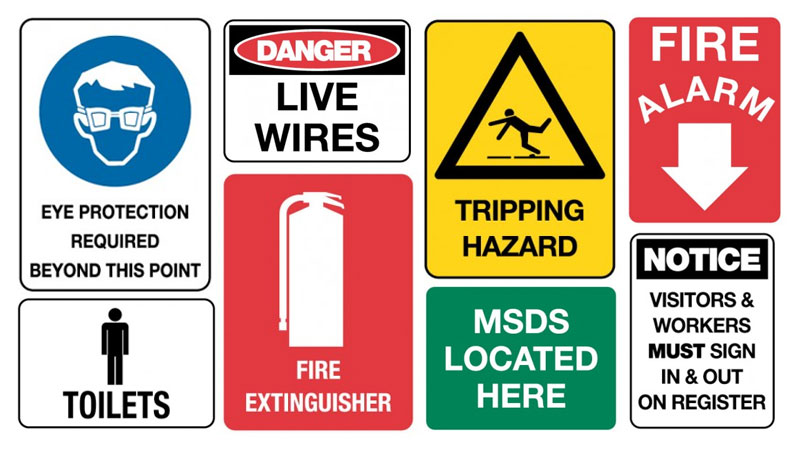


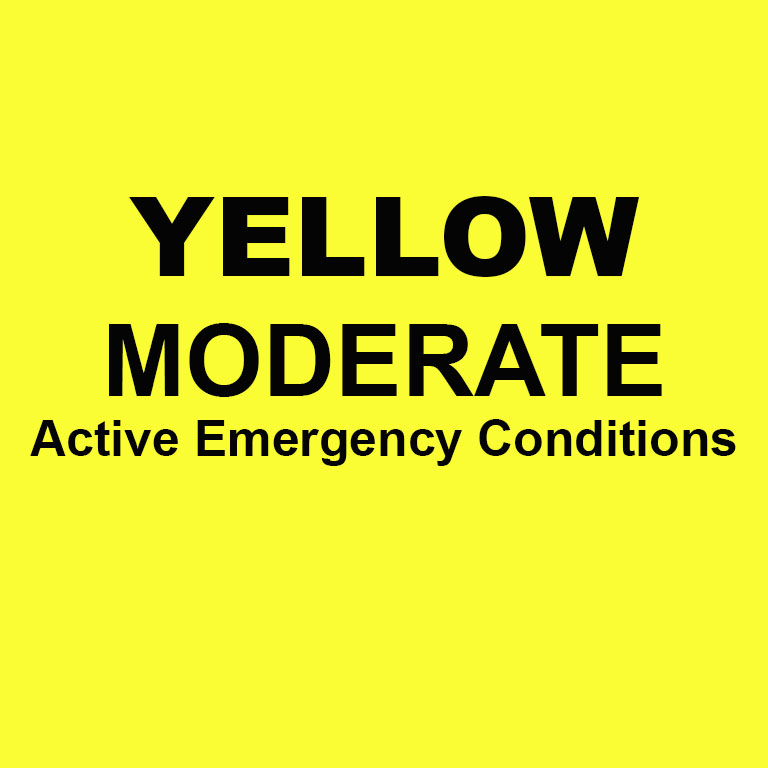

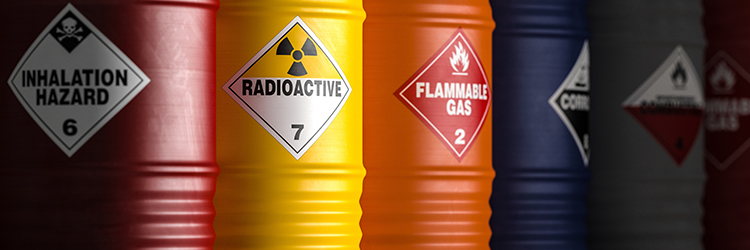

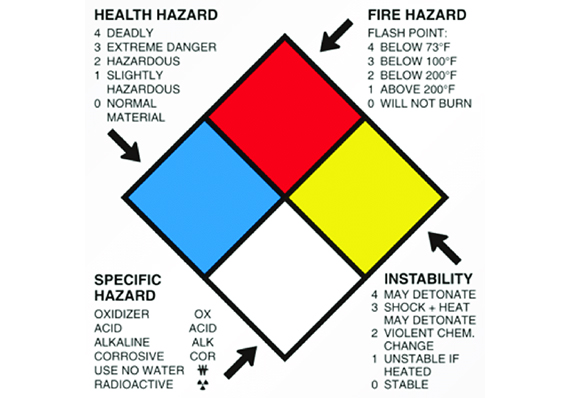

Post a Comment for "44 hazard color codes"